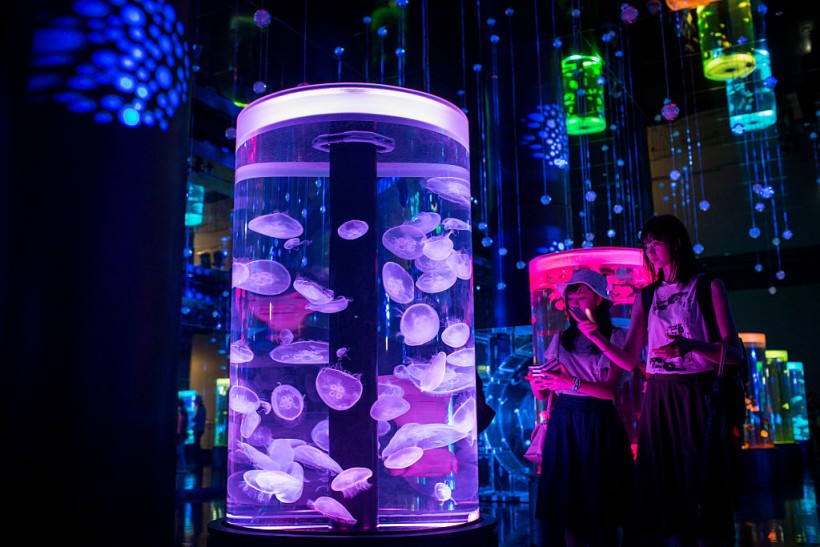Scientists have spent the last several decades trying to uncover the mysteries of Turritopsis dohrnii, also known as the eternal jellyfish, in hopes that the key to immortality may be found inside its DNA.
The red jellyfish known as Turritopsis rubra, a similar but mortal relative, appears to contain half as many copies of the genes linked to repairing and protection as the immortal jellyfish.
Immortal Jellyfish Unveils Secrets to Immortal Life
Researchers from the University of Oveidas in Spain describe how they compared the DNA of T. dohrnii to a similar species of immortal jellyfish to ascertain what makes it unique in a study published on Monday in the journal Proceedings of the National Academy of Sciences.
Turritopsis plasticity has recently been better understood molecularly, which may help explain why T. dohrnii has an eternal phenotype.
They compared genes involved in aging and DNA repair, along with the transcriptome [mRNA] analysis of T. dohrnii's life cycle reversal (LCR).
In fact, the researchers identified several variations as probably playing a role in the jellyfish's invincibility.
The scientists state that these modifications "suggest that T. dohrnii may have more efficient replicative mechanisms and repair systems" than other species.

TOKYO, JAPAN - JULY 15: People look at the Jellyfish display at the EPSON Aqua Park Shinagawa on July 15, 2015, in Tokyo, Japan. The EPSON Aqua Park Shinagawa, previously known as EPSON Shinagawa Aqua Stadium, reopened to the public on July 10, 2015, after an extensive renovation. The animal and fish displays have been enhanced with high-tech neon lights, touch screens and audiovisual shows.
For instance, scientists discovered more POLD1 and POLA2 copies in T. dohrnii than in its mortal cousins, which "suggest enhanced replicative capabilities in this species," according to the paper. Vice mentioned that these genes encode distinct proteins.
Additionally, the species had more copies of the genes controlling DNA repair and telomerase, the enzymes that extend DNA telomeres that shrink with aging.
According to the scientists, this "may contribute to a reduced telomere attrition and as a consequence to an enhanced cellular plasticity" and "may indicate that telomerase activity could be enhanced or more finely regulated in this species."
Can Humans Be Immortal, Too?
It's easy to be envious of the perpetual jellyfish, but you must be careful what desires you make. Semantically and philosophically, it is still unknown how Turritopsis dohrnii changes its cells so fast or if the resulting medusae are the same organism.
According to one of the best explanation videos about this unusual jelly on the internet, the capacity to replace brain cells, for example, may result in revolutionary therapies for diseases that humans have not yet been able to cure, like Parkinson's or Alzheimer's.
According to Futurism, the group aims to learn how to extend human life.
"From this knowledge, we hope to find better answers to the many diseases associated with aging that overwhelm us today," study co-author Carlos López-Otín said in a statement.
RELATED ARTICLE: Rare Jellyfish Filmed Off the Coast of Papua New Guinea Could Be a New Species
Check out more news and information on Biology in Science Times.



![Earth's Quasi-Moon Kamo‘oalewa Could Originate From Lunar Surface Not Asteroid Belt [Study]](https://1721181113.rsc.cdn77.org/data/thumbs/full/53275/89/56/50/40/earths-quasi-moon-kamo-oalewa-could-originate-from-lunar-surface-not-asteroid-belt-study.png)










